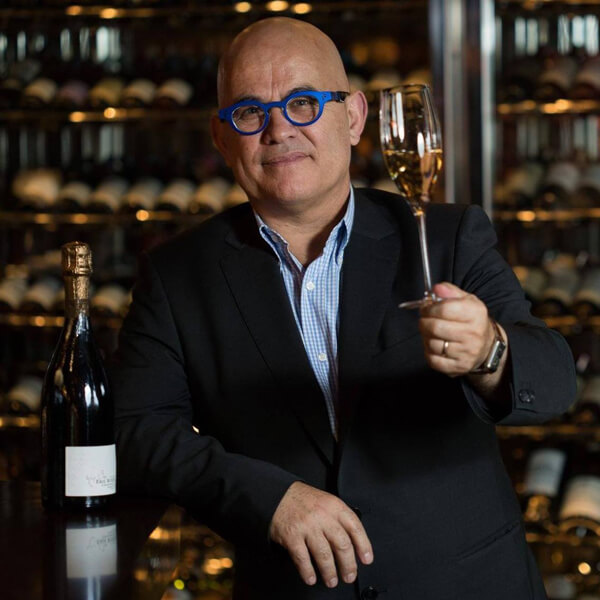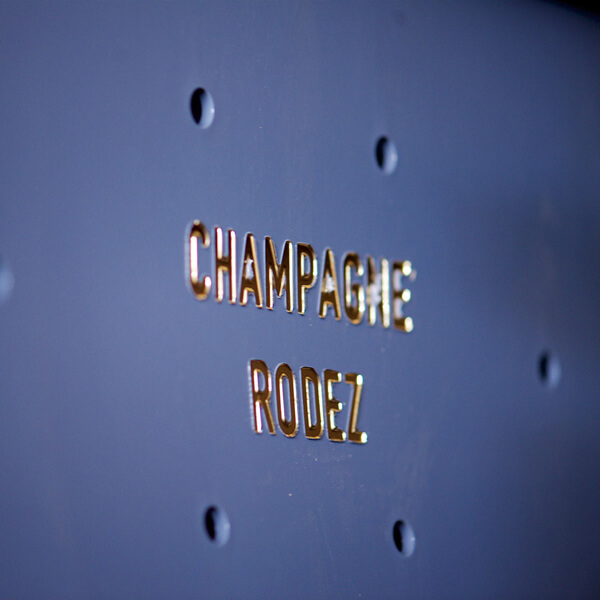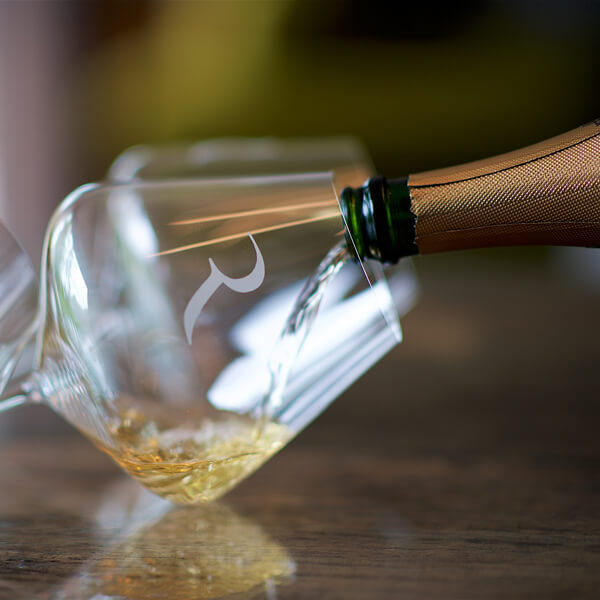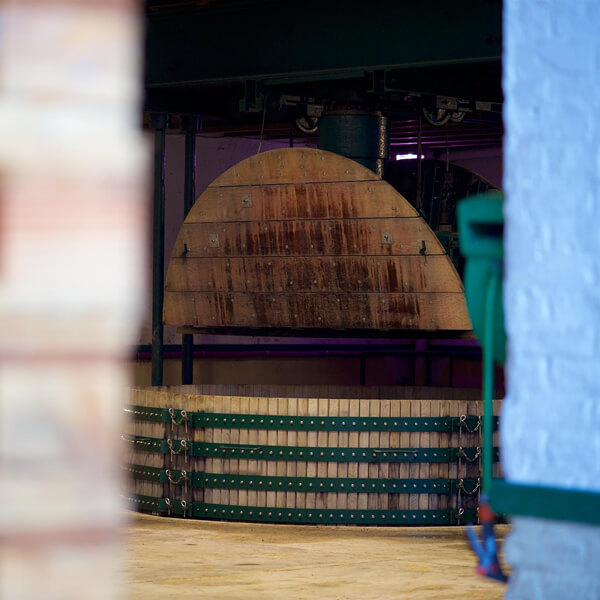
CUVÉE DES CRAYÈRES Extra Brut Grand Cru Ambonnay Champagne Rodez NV
Champagne France
12.5%
White
Pinot Noir, Chardonnay.
Vegan, Vegetarian, Bio-dynamic, Certified Organic
40% chardonnay, 60% pinot noir; 20% 2019, 22% 2018, 29% 2017, 29% older reserves; 86% vinified in barrels, 15% in vats; 30% malolactic fermentation; 2.5g/L dosage; 8000 bottles.
2019 was the last vintage i...(read more)

BLANC DE BLANCS Extra Brut Grand Cru Ambonnay Champagne Rodez (2025 Release) NV
Champagne France
12.5%
White
Chardonnay.

MACÉRATION Rosé Extra Brut Grand Cru Ambonnay Champagne Rodez NV
Champagne France
12.5%
Rosé
Pinot Noir, Chardonnay.
Bio-dynamic, Certified Organic
25% chardonnay, 30% pinot noir, 45% maceration pinot noir; 37% 2018, 19% 2017, 22% 2016, 22% older reserves; 90% vinified in barrels, 10% in tanks; 10% malolactic fermentation; 2g/L dosage.
We did not want...(read more)

BLANC DE NOIRS Extra Brut Grand Cru Ambonnay Champagne Rodez NV
Champagne France
12.5%
White
Pinot Noir.
Certified Organic
On the nose, very chalky and mineral, almost austere, showing lanolin, strawberries and a subtle whiff of pastry. Light-bodied with pinprick bubbles. Very savory and tasty with crisp, integrated acidity, vinous flavors a...(read more)
James Suckling, www.jamessuckling.com



